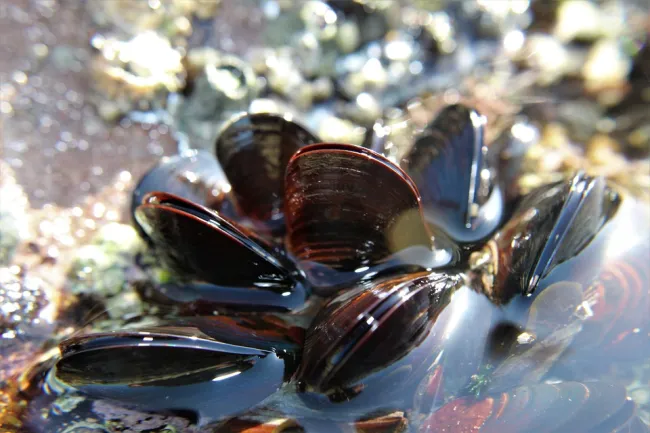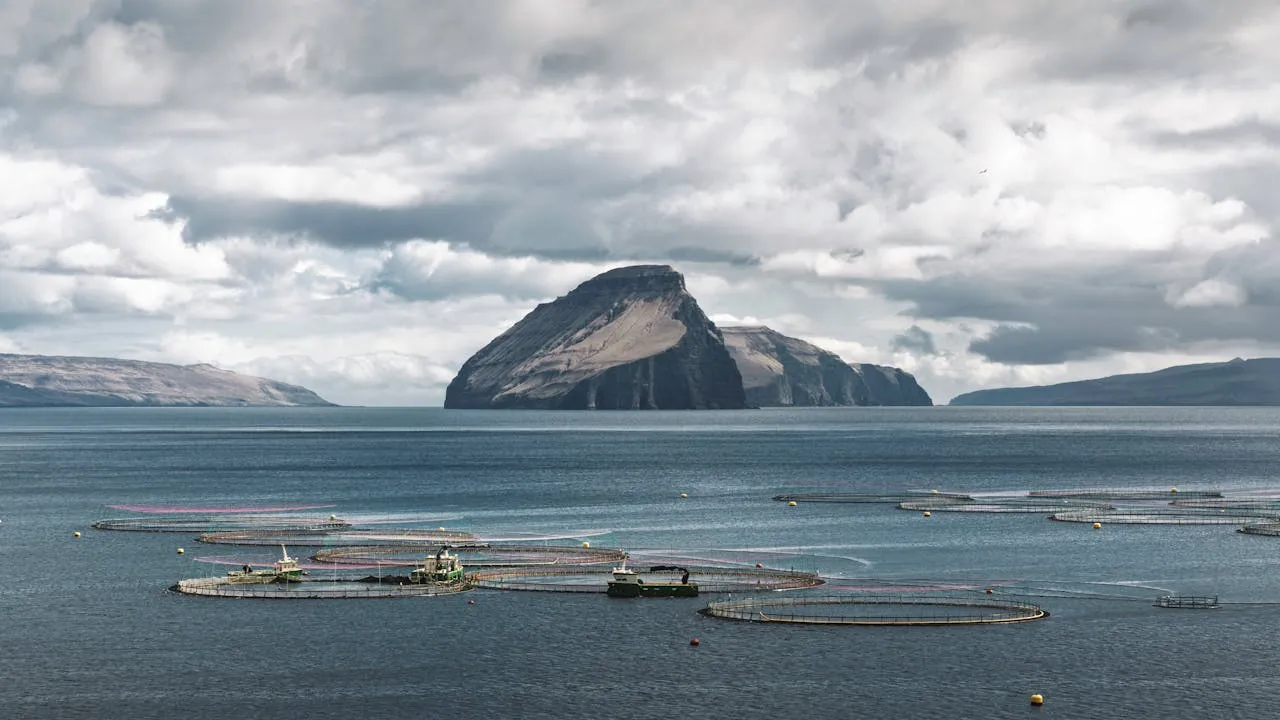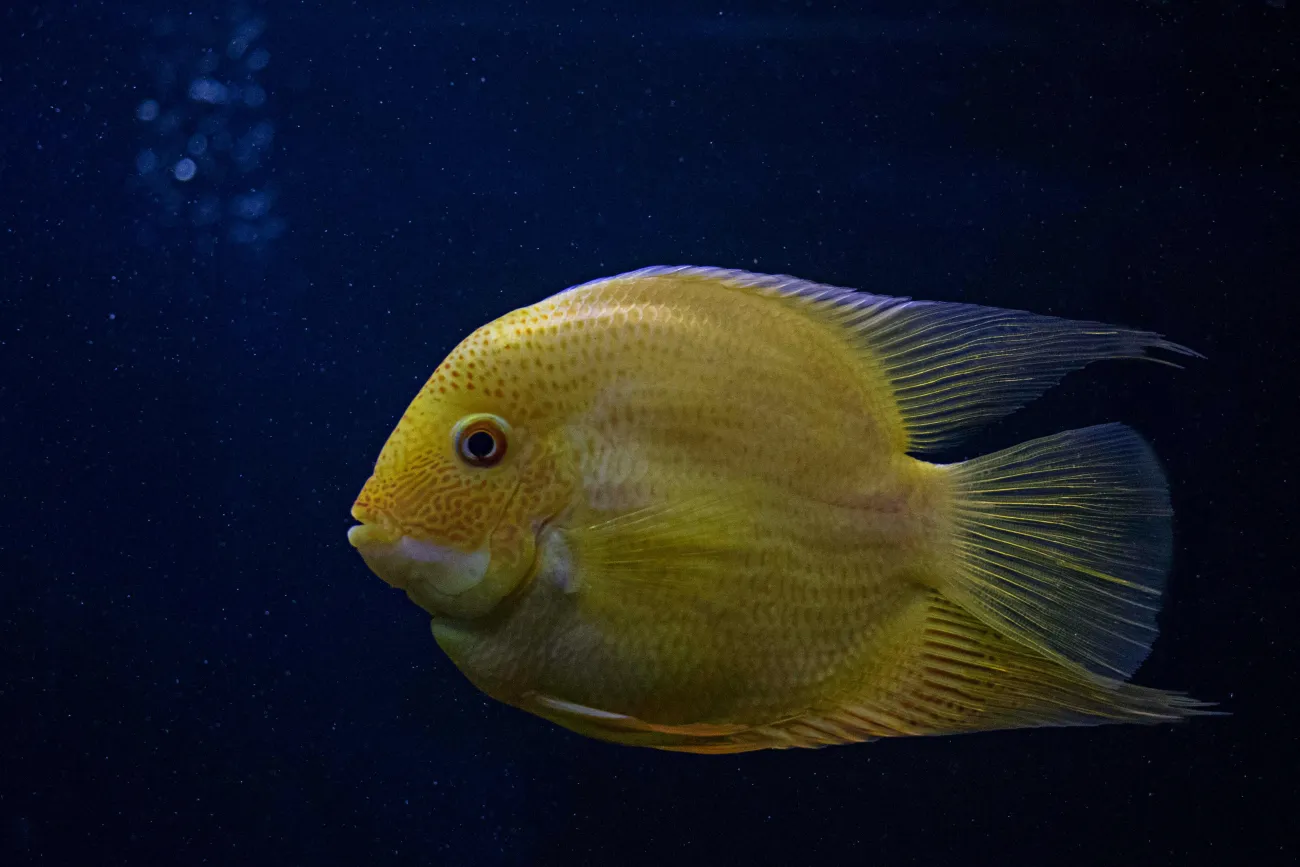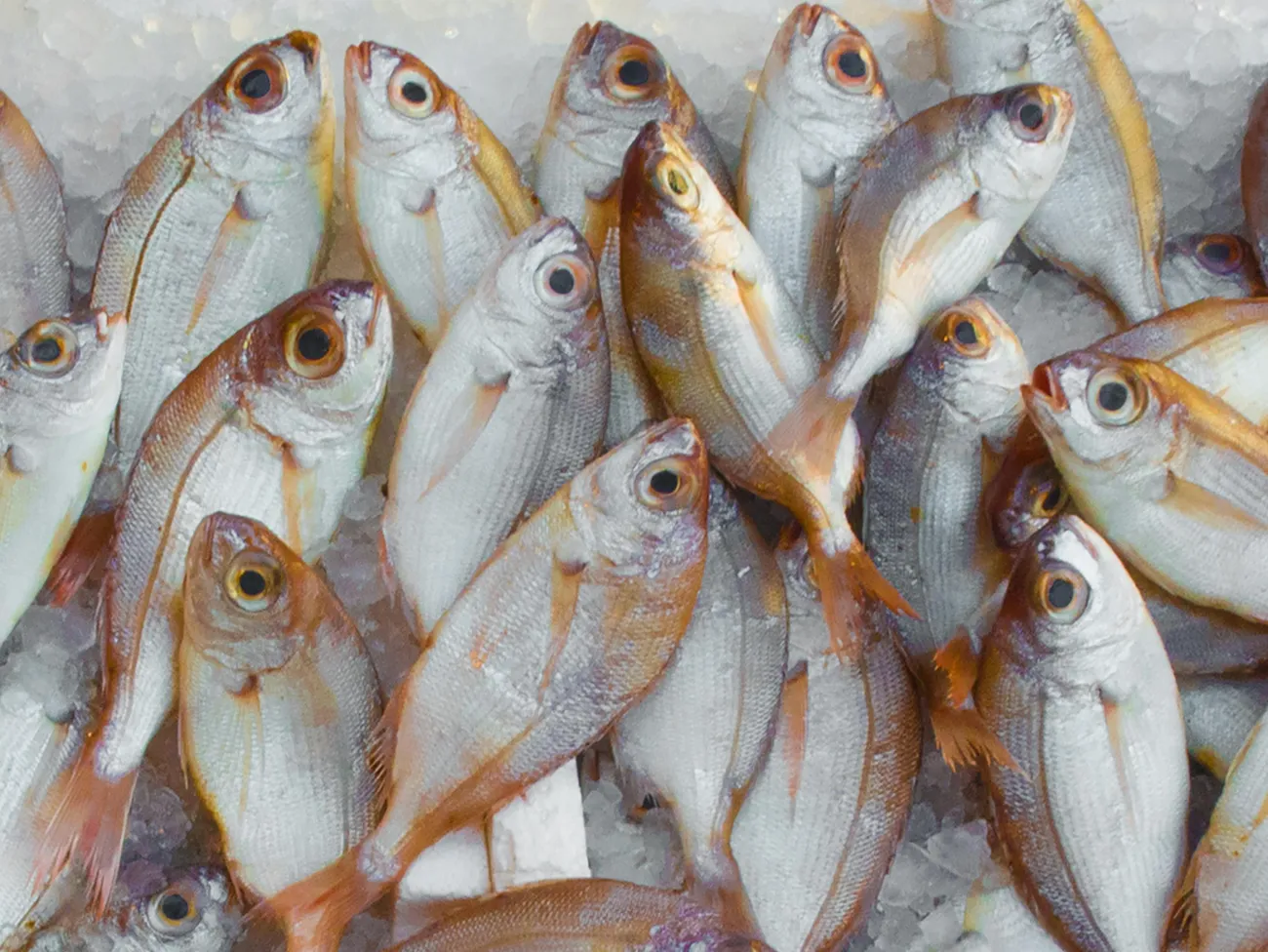This paper reviews the development of the global aquaculture sector between 1997 and 2017. It finds that while the feed efficiency of aquaculture has improved, aquaculture remains strongly dependent on marine feed ingredients. It identifies strong potential for cultured molluscs and seaweed to contribute to both nutritional security and ecosystems services.

Between 1997 and 2017, the live-weight production volume of aquaculture has more than tripled, with the top species including seaweeds, carps, bivalves, tilapia, and catfish. Asia is the largest producer, accounting for 92% of production by weight in 2017. Little of this is traded, with over 89% of global aquaculture outputs not entering international markets.
Use of wild fish for aquaculture feed has declined, driven by harvest restrictions and full overexploitation. Between 2000 and 2017, the annual catch of forage fish to make fishmeal and fish oil declined by 23 Mt to 16 Mt. Aquaculture producers have reduced their use of fishmeal and fish oil through several factors: increased raising of omnivorous fish species; better Feed Conversion Ratios for all fed species; use of alternative protein and oil sources in feed (including from land-based crops); and more use of fishmeal and fish oil from bycatch and processing waste streams.
While molluscs and algae - both termed “extractive species” as they filter out nutrients from the water - together accounted for 43% of the live weight of aquaculture production in 2017, their edible weight accounts for only 6% (molluscs) and 7.6% (algae) of total aquaculture output. While one benefit of molluscs is that they can extract excess nutrients caused by human pollution, there are food safety risks because they can also absorb harmful microorganisms and polluted organic particles.
The paper identifies major challenges facing the aquaculture sector, including:
- Pathogens, parasites and pests, such as sea lice.
- Harmful algal blooms, which are largely driven by human activities.
- Climate-driven losses to productivity and livelihoods, for example from suboptimal growing temperatures, ocean acidification and rising feed costs.
Some of these challenges might be addressed by the use of recirculating aquaculture systems, which offer a higher degree of control over environmental impacts than open systems and have lower land and water requirements. However, recirculating systems have high energy costs and waste disposal challenges. Other responses to the challenges of aquaculture include using offshore aquaculture in deep waters, and changing governance systems.
Abstract
The sustainability of aquaculture has been debated intensely since 2000, when a review on the net contribution of aquaculture to world fish supplies was published in Nature. This paper reviews the developments in global aquaculture from 1997 to 2017, incorporating all industry sub-sectors and highlighting the integration of aquaculture in the global food system. Inland aquaculture—especially in Asia—has contributed the most to global production volumes and food security. Major gains have also occurred in aquaculture feed efficiency and fish nutrition, lowering the fish-in–fish-out ratio for all fed species, although the dependence on marine ingredients persists and reliance on terrestrial ingredients has increased. The culture of both molluscs and seaweed is increasingly recognised for its ecosystem services; however, the quantification, valuation, and market development of these services remain rare. The potential for molluscs and seaweed to support global nutritional security is underexploited. Management of pathogens, parasites, and pests remains a sustainability challenge industry-wide, and the effects of climate change on aquaculture remain uncertain and difficult to validate. Pressure on the aquaculture industry to embrace comprehensive sustainability measures during this 20-year period have improved the governance, technology, siting, and management in many cases.
Reference
Naylor, R.L., Hardy, R.W., Buschmann, A.H., Bush, S. R., Cao, L., Kllinger, D. H., Little, D. C., Lubchenco, J., Shumway, S. E. and Troell, M. (2021). A 20-year retrospective review of global aquaculture. Nature, 591, 551–563.
Read the full paper here. See also the Table explainer What is feed-food competition? and the Feed podcast episode Sahil Shah on Scaling Seaweed.




Comments (0)